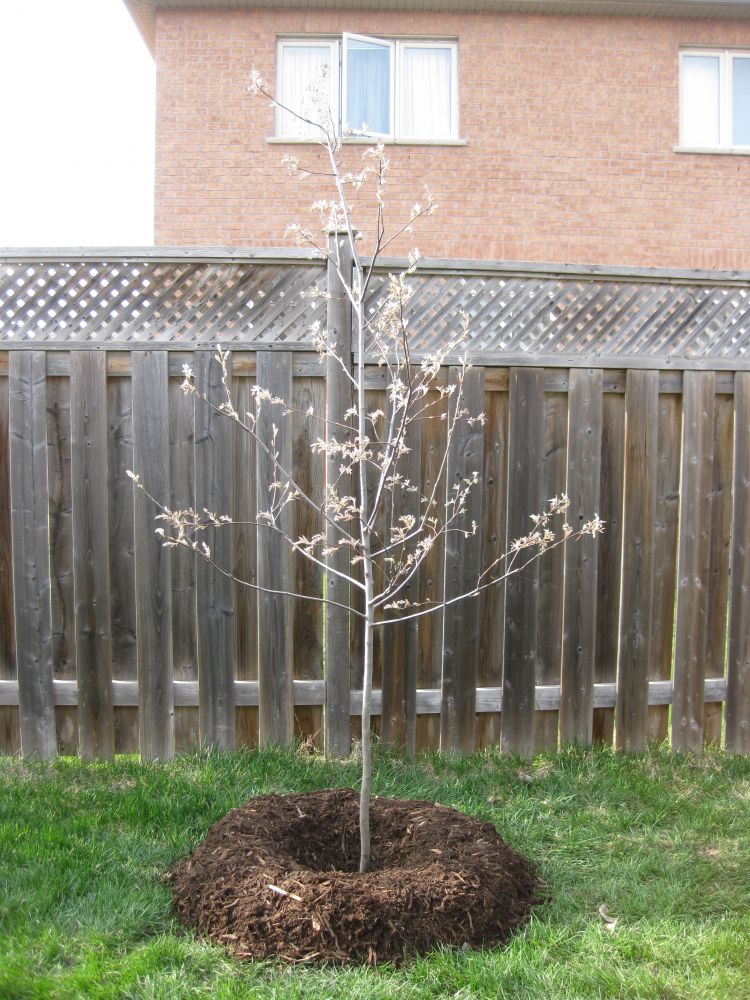For those living in warmer climates, fresh berries are a year-round delight. But for us here in Canada, spring marks the beginning of only a few months filled with delicious, organic berries. One of the tastiest berries I’ve come across is the underrated serviceberry, which comes from a tree called exactly what you think it would be - the Allegheny serviceberry tree (Amelanchier laevis), also commonly known as the “smooth serviceberry”. These edible berries ripen to a reddish/purple colour in early summer and are close to the size of a blueberry (but sweeter!). They are rich in both iron and copper and are often added to baked goods such as muffins, but can also be made into a plethora of jams and jellies. They are also delicious right off the tree - that is, if you can beat the birds! Like humans, a variety of birds such as orioles, thrushes, woodpeckers and waxwings also enjoy these tasty treats.

Although the berries are the tastiest part of the tree, the Allegheny serviceberry has a variety of other interesting characteristics too. It’s a small, deciduous understory tree that can reach average heights of 15 to 25 feet (4.5m – 7.5m), which is great for growing in smaller spaces. Its fine-textured branches and smooth grey bark can develop into either a single or multi-stemmed trunk with diameters often less than 4 inches (10cm). In early spring, before the leaves come out, showy, white, slightly fragrant flowers appear in clusters. By May or June, the delicate flowers give way to the small, round berries that are so tasty! Because this tree is an early bloomer, it’s an important food source for emerging pollinators. Following the flowers in late spring, small, obovate (egg-shaped), finely toothed leaves emerge with a bronzish-purplish tinge, maturing to a darker green in the summer and finally into a bright golden orange to reddish colour in the fall.

Furthermore, the Allegheny serviceberry tree is naturally an understory species, native to thickets, wood margins, and sheltered slopes, so it can tolerate some shade in addition to thriving in full sun. It is easily grown in well-drained soils, but is also tolerant of a variety of soil conditions including clay! As an inherently smaller tree species, the serviceberry tree also comes in shrub form (which is more like its natural, multi-stemmed form). It can be trained as single stem though, which makes it a great tree species choice for those with smaller yards.

The Alleghency serviceberry is a wonderful tree (and shrub) for our natural environment and it looks good too! Its usefulness and versatility make it an excellent choice for a small urban tree. So, if you are interested in learning more about the serviceberry, check out LEAF’s website for more information on the Backyard Tree Planting Program and sign up for a consultation with one of our arborists today!
Brenna Anstett is LEAF's Field Operations Coordinator.
LEAF’s Backyard Tree Planting Program is supported by the York Region, Ontario Power Generation, the City of Markham’s Trees for Tomorrow Program and Toronto Hydro.
